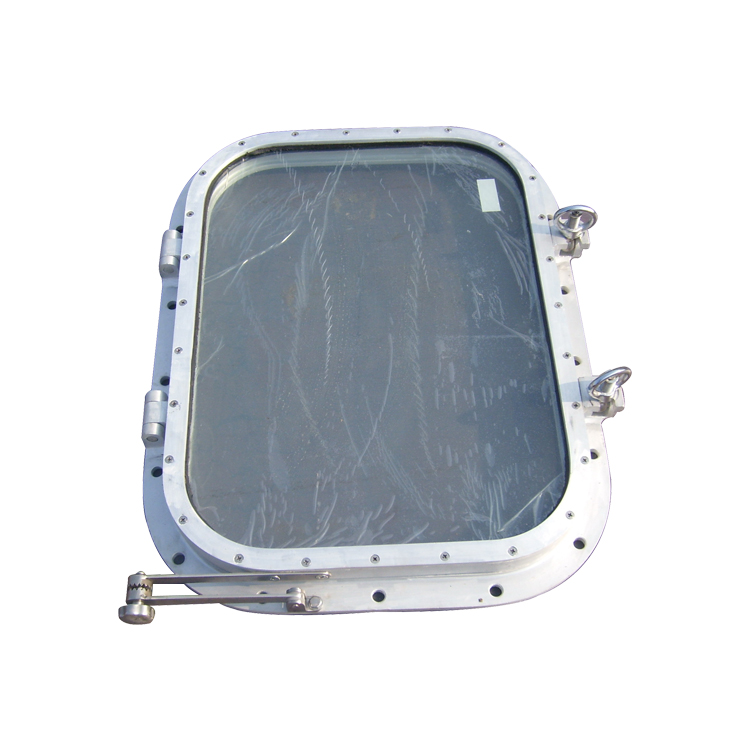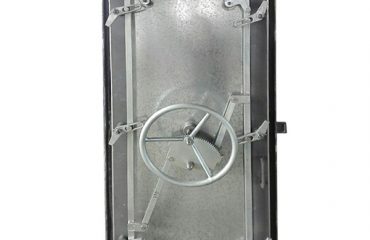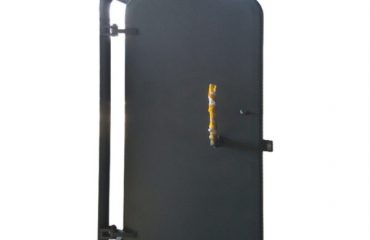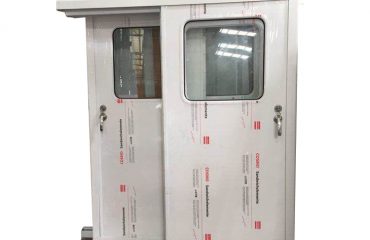Ship windows, often overlooked yet vital, play a crucial role in maritime operations—blending safety, functionality, and comfort to support both crew and passengers during voyages. Unlike standard building windows, they are engineered to withstand harsh marine conditions, making them a key component of any vessel, from small boats to large cruise ships.
One of the most important features of ship windows is their exceptional durability. Designed to resist extreme weather, including strong winds, heavy rain, and saltwater corrosion, they are typically made from reinforced materials like tempered glass or polycarbonate. Tempered glass offers high impact resistance, while polycarbonate adds flexibility, reducing the risk of shattering even in rough seas. Many ship windows also include anti-corrosive frames, often crafted from aluminum or marine-grade stainless steel, which prevent rusting and maintain structural integrity over years of exposure to saltwater. This durability ensures windows remain intact, protecting the interior of the ship from water damage and external elements.

Safety is another core priority in ship window design. Most meet strict maritime regulations, such as those set by the International Maritime Organization (IMO), to ensure they can withstand pressure changes, fire, and even collisions. For example, fire-resistant ship windows are fitted with special glass that can resist high temperatures for a specified time, slowing the spread of fire and giving crew and passengers more time to respond. Additionally, many windows are designed with watertight seals, preventing water from entering the ship’s interior during storms or rough waters—a critical feature for maintaining buoyancy and safety.
Beyond safety, ship windows enhance comfort and visibility. Large, strategically placed windows in passenger areas, like cruise ship cabins or dining halls, provide natural light, reducing reliance on artificial lighting and creating a more pleasant environment. They also offer passengers panoramic views of the ocean, enhancing the overall travel experience. For crew members, windows in navigation bridges are designed to maximize visibility, with wide panes and minimal obstructions, allowing them to monitor the surrounding waters, spot other vessels, and navigate safely—even in low-light conditions. Many bridge windows also include anti-glare coatings, reducing sun glare and improving visibility during bright days.
Adaptability is another strength of modern ship windows. They come in various sizes and designs to fit different parts of a vessel. Small, compact windows are used in tight spaces like crew quarters or storage areas, while large, curved windows are common in luxury cruise ships or yachts to create an open, spacious feel. Some windows also feature adjustable components, such as sliding panes or opening mechanisms, allowing for controlled ventilation in areas where fresh air is needed.
Maintenance ease further adds to the value of ship windows. Many are designed with easy-to-clean surfaces, and their durable materials require minimal upkeep—important for vessels that spend long periods at sea. Removable or replaceable parts also simplify repairs, ensuring windows can be quickly fixed if needed, without disrupting the ship’s operations.





